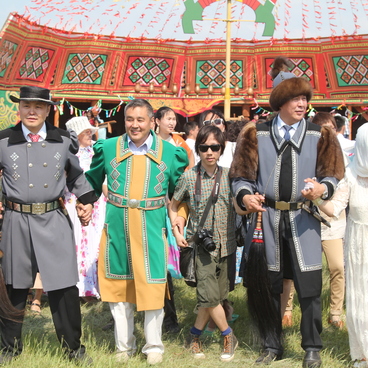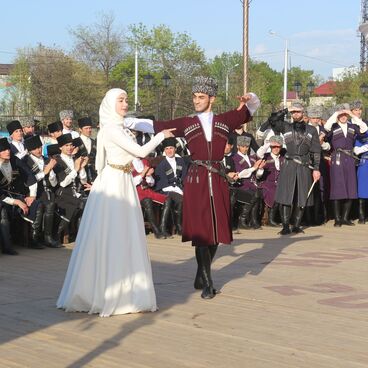The village of Sukhoy Karsun in Karsunsky uyezd used to be the center of pottery in the entire Simbirsk province. Craftsmen distributed ceramics in neighboring villages, sold them at fairs and markets, or exchanged them for food.
By the end of the 19th century, the products of Sukhoy Karsun masters were considered the best both in terms of elegance and quality of workmanship. The craft developed in this village thanks to the availability of a rich deposit of very good clay in the vicinity of Sukhoy Karsun.
From the 19th century to the mid-20th century, the range of products remained practically unchanged. It included all kinds of utensils needed in everyday life: large and small pots, roasters, water and milk jugs, bowls, milk pails, hand-washing basins, and pipes. Masters even made ceramic troughs for cattle. And there was no shortage of toy-whistles.
By the early 1990s, there were only a few craftsmen living in Sukhoy Karsun. In 1994, the Ulyanovsk Regional House of Folk Art and Karsun Culture Department made an effort to revive the craft. They opened the House of Pottery, where some of the last potters — the Akimovs, father and son — began to teach their skills to children. Today the House of Pottery in Sukhoy Karsun is a unique museum of a dying tradition.
By the end of the 19th century, the products of Sukhoy Karsun masters were considered the best both in terms of elegance and quality of workmanship. The craft developed in this village thanks to the availability of a rich deposit of very good clay in the vicinity of Sukhoy Karsun.
From the 19th century to the mid-20th century, the range of products remained practically unchanged. It included all kinds of utensils needed in everyday life: large and small pots, roasters, water and milk jugs, bowls, milk pails, hand-washing basins, and pipes. Masters even made ceramic troughs for cattle. And there was no shortage of toy-whistles.
By the early 1990s, there were only a few craftsmen living in Sukhoy Karsun. In 1994, the Ulyanovsk Regional House of Folk Art and Karsun Culture Department made an effort to revive the craft. They opened the House of Pottery, where some of the last potters — the Akimovs, father and son — began to teach their skills to children. Today the House of Pottery in Sukhoy Karsun is a unique museum of a dying tradition.

